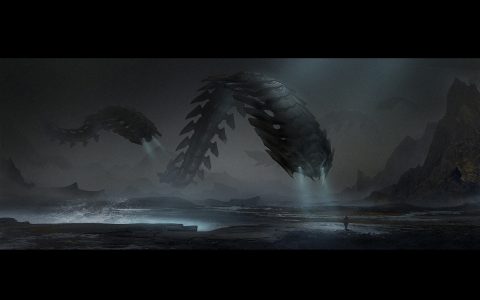Atmosphere film prioritizes creating a distinct mood, sensory experience, or emotional resonance over conventional narrative-driven storytelling. Character development and plot progression often become secondary to immersive environments, evocative visuals, and compelling sound design.
Core Characteristics
- Mood & Tone Focus: Establishes and sustains a dominant feeling (e.g., dread, nostalgia, tranquility, alienation).
- Visual Poetry: Emphasizes composition, lighting (chiaroscuro, natural light), color palettes, texture, and deliberate pacing through long takes or slow motion.
- Environmental Primacy: Setting becomes a central character, influencing the characters and audience perception deeply.
- Ambiguous Narrative: Plotlines may be minimalist, fragmented, or open to interpretation, prioritizing emotional impact.
- Sensory Sound Design: Integral diegetic sound, ambient noise, and evocative scores (or unsettling silences) build immersion.
Crafting Atmospheric Films: Key Techniques
- Mise-en-scène: Meticulous control of all elements within the frame – lighting, color, costume, props, blocking, depth of field.
- Slow Pacing & Duration: Allowing scenes to breathe enhances contemplation and emotional absorption.
- Location & Setting: Choosing evocative, often isolated or specific environments that inherently generate the desired mood.
- Practical Effects & Texture: Utilizing in-camera techniques, film grain, lens choices to create tangible textures and authenticity.
- Sound as Storyteller: Using non-diegetic sound sparingly; emphasizing environmental sounds, nuanced foley work, and carefully composed scores that blend into the atmosphere rather than dominate.
Notable Filmmakers & Examples
- Andrei Tarkovsky: Stalker (existential atmosphere), Mirror (dreamlike, memory-based atmosphere).
- Apichatpong Weerasethakul: Uncle Boonmee Who Can Recall His Past Lives (tropical, spiritual atmosphere).
- Robert Bresson: A Man Escaped (austere, suspenseful atmosphere through minimalism).
- Terrence Malick: The Tree of Life (cosmic, contemplative atmosphere), Days of Heaven (pastoral, elegiac atmosphere).
- David Lynch: Eraserhead (industrial, nightmarish atmosphere), Mulholland Drive (dreamlike, unsettling atmosphere).
- Bi Gan: Long Day's Journey Into Night (oneiric, memory-soaked atmosphere).
Mastering atmosphere requires an integrated approach where every technical and artistic decision serves the singular goal of generating a potent, immersive sensory and emotional experience for the viewer.












